Dennis Scholl is not only one of Miami’s most esteemed art collectors, but also the former Vice President for Art at the Knight Foundation, an entrepreneur, a philanthropist and an award-winning documentary film producer. He and his wife have been proactive art collectors for over 30 years and have built a cutting-edge art collection of work by internationally established artists as well as up-and-coming ones. Dennis Scholl directs and produces films related to arts and culture, and has received seven regional Emmy Awards. We are glad to explore his art collecting practice and his vision in art through the different lenses of this versatile art collector’s multiple roles.
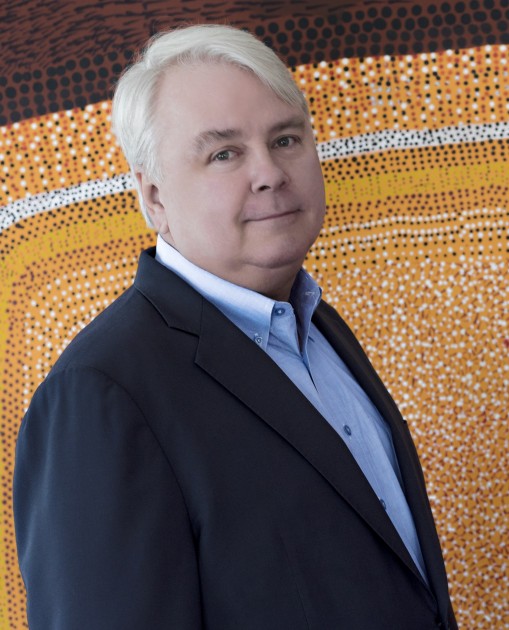
Collecting
What made you want to start collecting contemporary art? What is the main motivation behind your collecting?
I have always been a collector. There is something about the order collecting brings to one’s life that I feel very satisfying. The search for an object that lives in harmony with others already acquired. Collecting satisfies my intellectual curiosity in so many ways, and art collecting has the added benefit of allowing me to live with beautiful objects every day.
What is your focus regarding the artists in your collection? Are you more interested in emerging or renowned artists?
The focus of the collection has always been on the undiscovered, forgotten or overlooked. That is an element of collecting that we enjoy: the sense of discovery, the thrill of finding interesting new artists at the beginning of their career, or even an entire movement that has been marginalized but is ripe for rediscovery.
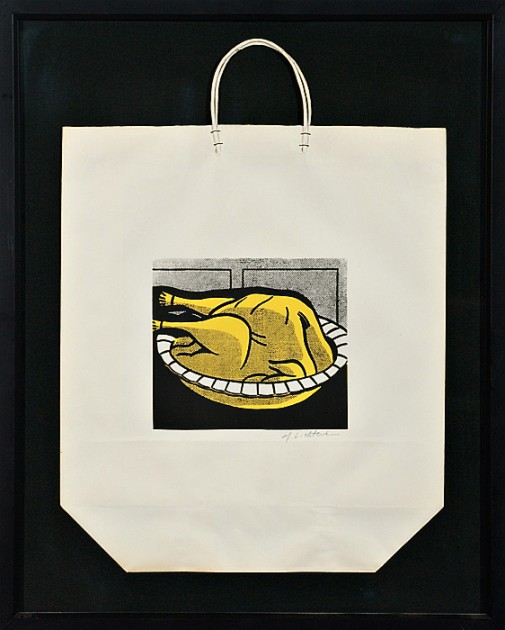
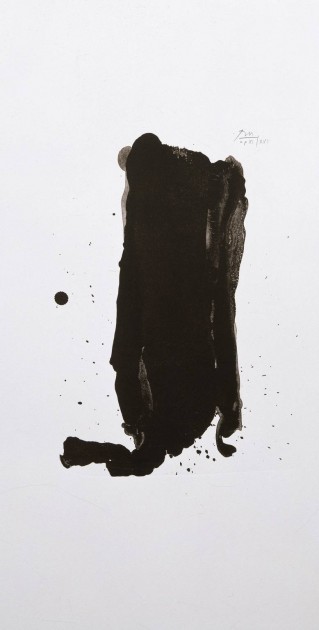
What was the first artwork you purchased? How many artworks do you currently own?
My wife Debra and I began collecting in the late 70s and as near as we can recollect, the first two objects we acquired were a Lichtenstein silkscreen of a turkey in a pan from the 60s, and a Motherwell “Brushstroke” print from 1979-80. Like many new collectors, we started in the print world. It allowed us to get incredible examples of work by the best artists at entry prices that we could manage. The print world is a wonderful place for new collectors to get started. The scale of our collection has gradually increased. When we gifted 300 works to the new Pérez Art Museum in Miami, it dipped a bit but since then we have acquired 400 Aboriginal Australian contemporary works. The collection currently stands at around 1200 works.
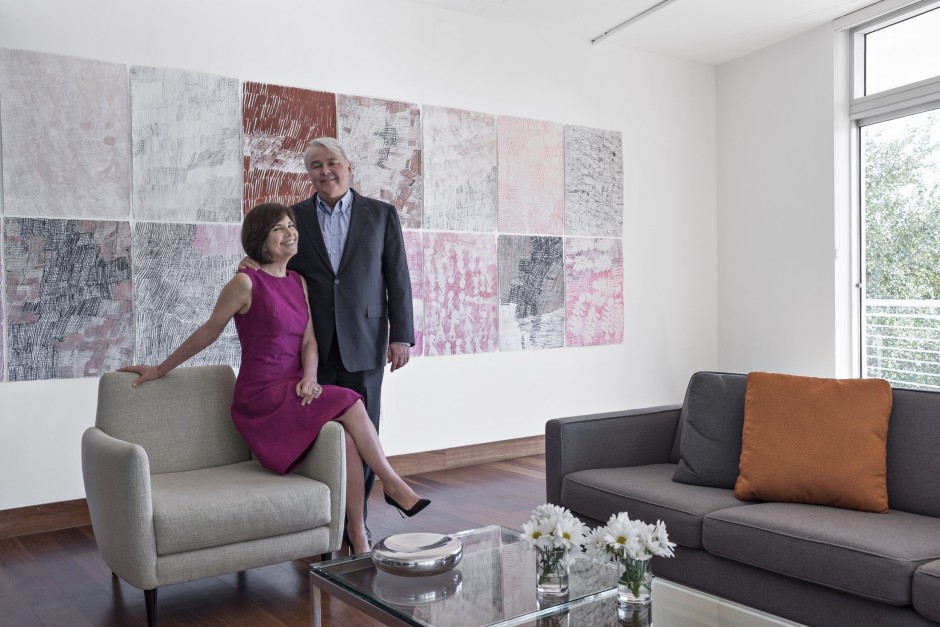
What motivated you to have your own exhibition space, World Class Boxing?
We acquired a 300-square-foot work by Simon Starling. We had no place to put it and no way to exhibit it. When we saw it, we actually said no to the work, but as we left Casey Kaplan’s gallery and walked down the block, we looked at each other and both said, “I can’t live without this piece!” So we immediately turned around and went back and told Casey we would take it. It motivated us to acquire a large building in Miami’s Wynwood Arts District, where the Rubell, De la Cruz and Margulies collections are also located. Our building had been a boxing gym called World Class Boxing and since I didn’t want to repaint the building, we decided to call our space by that name. At least once a week somebody knocked on the door wanting to work out!
We did around thirty five exhibitions there, all drawn from our collection, with artists like Olafur Eliasson, Anna Gaskell, Raymond Pettibon and many others. We also started an active commissioning program where artists would make works for the space that we would acquire for the collection. It was a joy to be able to give artists the room to make large scale installation works, and make our private collection open and available to the Miami community. We recently sold the building and are in the process of looking for a new space.
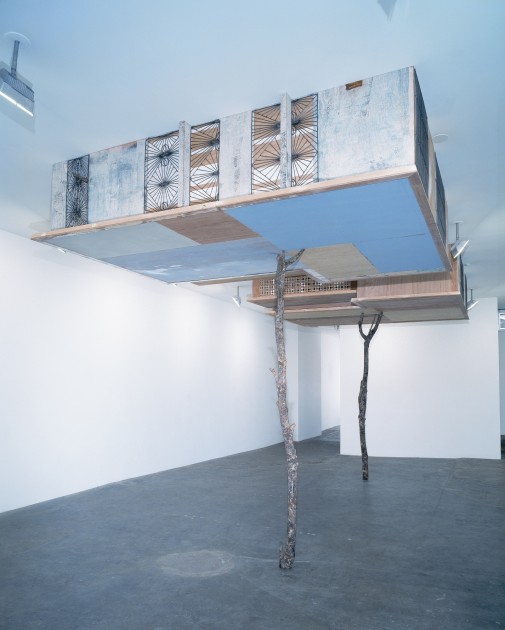
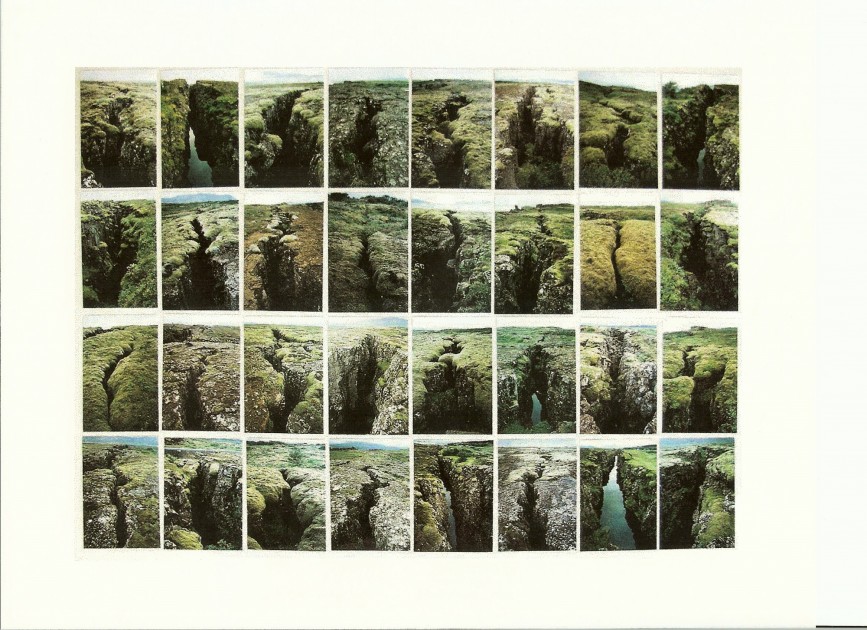
Do you have any rules that guide your collecting process? How do you decide what should be in your collection and what not?
We have always tried to have a strong focus each time we build a collection. The first two collections of prints in the 80s and photo-based works in the 90s were primarily process-based, but then in the 00s we shifted away from a medium-based practice and went toward collecting work with a conceptual bent regardless of how it was created. And recently we have shifted again –we are building a large collection of Aboriginal Australian contemporary art, in essence, focusing on a geographic region that we feel is dazzling but overlooked in today’s art world.
How do you usually acquire artwork? Do you rely on art advisors or how do you make your decisions concerning purchases?
Debra and I have always made our own choices in the art world. We find that challenge to be fun. While we don’t rely on advisors, we understand how some collectors might choose to go that route, especially when putting large sums of money into the art market. And there are some wonderful thoughtful advisors out there. We do spend a lot of time talking to curators of contemporary art. I always say that they are the secret weapon in the art world, under-appreciated and undervalued. They are the early advance team if you pursue cutting edge contemporary art like we do.
Do you share a similar taste with your wife Debra?
Debra and I have a two-vote rule for acquisitions. Early in our collecting we didn’t have that, but one day I brought home a work Debra really hated, and a couple of weeks later, we had a two-vote rule… This was more difficult in the early days, but as we have looked at so many shows together, invariably our tastes have melded to a point where we agree quite a bit. I think the two of us as a team are an infinitely better collector than either of us would be alone.
How important is it for you to meet the artists who created the artwork?
We like to say that we collect art not artists. We enjoy meeting artists, but in order to build a collection of substance, we feel our focus needs to be on the artworks not the artists. That being said, we have lots of friends who are artists, and our lives have been greatly enriched by our art-world relationships.
Do you have an annual budget for art? Is there any kind of artwork that can make you write a cheque without any consideration?
We always have a budget for art. And we always exceed it. The only place we are extremely disciplined is at the auctions as you can get into a lot of trouble with that paddle in the heat of the moment!
What is your most treasured artwork?
Debra would say her favorite work we have is “Palais Jacques Couer” by Tacita Dean. I always say that my favorite work is the next one I acquire.
What is your biggest regret regarding collecting, if any?
No regrets. Other than an amazing 38 years with my wife, collecting art has been the one other constant in my life. “It’s not just an activity ,” but it’s a way of life that has exposed me to so many opportunities.
What is your advice to young and fresh collectors?
I am asked this question a lot and I have been thinking about it quite a bit as I am working on a book about collecting contemporary art, which discusses our four decades in the art world, tells many of the funny “war stories” we have experienced as collectors, and also gives helpful tips and a roadmap for building a collection. So while I hope people will read the book, my first tip for budding collectors is to look at ten thousand works before you buy the first one, because if you do that, the work you choose at the end of that effort will be very different than the one you were going to choose after only looking at a few. You would be surprised, given today’s digital world how easy it is to look at ten thousand objects. It will make you an infinitely better collector.
Other Roles and Perspectives
You’re an entrepreneur, an art collector, a philanthropist and a winemaker, but how did you become an Emmy-award winning documentary filmmaker? What are you currently working/focusing on?
I just completed a seven year stint as the Vice President /Arts for the Knight Foundation, one of America’s largest private foundations, during which I helped build an arts philanthropy program for them. It was an amazing platform that allowed us to help literally thousands of artists in every discipline achieve their artistic goals and at the same time enliven and inspire their communities.
While I was there I had the opportunity to make a number of videos about the work and that led me to become a director and producer of documentaries about arts and culture. I have the good fortune to direct and produce films about Wynton Marsalis, Theaster Gates, Tracey Emin, Frank Gehry, and most recently, prima ballerina Rosario “Charin” Suarez. I am currently in production of a feature documentary about the Abstract Expressionist artist Clyfford Still.
Is there any upcoming art project from you?
I was recently named to the Board of Advisors of the new Art Basel City initiative, with David Adjaye, Jacque Herzog, Uli Sigg, Anne Pasternak, Richard Florida and a number of other art world luminaries. Having seen first-hand what an event like Art Basel has meant to Miami, I look forward to helping more cities understand how to create vibrancy through the practice of artists and the art they create.
What are you especially excited about in regard to art in the next 12 months?
We are very excited about the launch of our second touring museum exhibition, of Aboriginal Australian contemporary art. Our first show “No Boundaries”, comprised of work by nine senior Aboriginal men, is midway through a six-city tour across America. Recently, at the Australian Embassy in Washington, DC Ambassador Joe Hockey joined us in announcing “Marking the Infinite”, a five -museum tour throughout North America comprised of nine of Australia’s leading contemporary Aboriginal women artists. The show is originated by the Nevada Museum of Art and will open in September at the Newcomb Art Gallery on the campus of Tulane University in New Orleans. Our involvement with this work has been revelatory for us. It is the world’s longest art making tradition, having gone on for over 40,000 years. I came across it while making wine in the Barossa Valley region of Australia and found it incredibly compelling. It has been the focus of our collecting over the last eight years, although we continue to be active in collecting cutting-edge conceptual art, as we have been for decades.
Can you name a few emerging artists, which should be on our watch list?
I am incredibly excited about a few contemporary artists:
First, Samuel Levi Jones, a Chicago-based artist that collages pieces from the remnant of books; Thelma Goldin showed him at the Studio Museum and we find that the work is so thoughtful.
Second, there’s a young painter, Cy Gavin, showing at the gallery Sargent’s Daughters on the Lower East Side. I have been following everything that comes out of his studio with great interest.
Third, aboriginal painter Warlimpirrnga Tjapaltjari. He took NYC by storm last fall with his solo show at Salon 94 and continues to make exquisite optical paintings that shimmer right before your eyes. Next week I’m heading back to visit with him in the desert in central Australia, one of the most remote places in the world. Ten thousand miles is a long way to go for a studio visit but he is an artist who is worth the journey. One other artist I will see when I am over there is my favorite woman artist right now. Her name is Nyapanyapa Yunipingu and she lives in a remote community in the top end of Australia in a region known as Arnham Land. We have been collecting her work in depth and look forward to having her as a part of our “Marking the Infinite” exhibit.
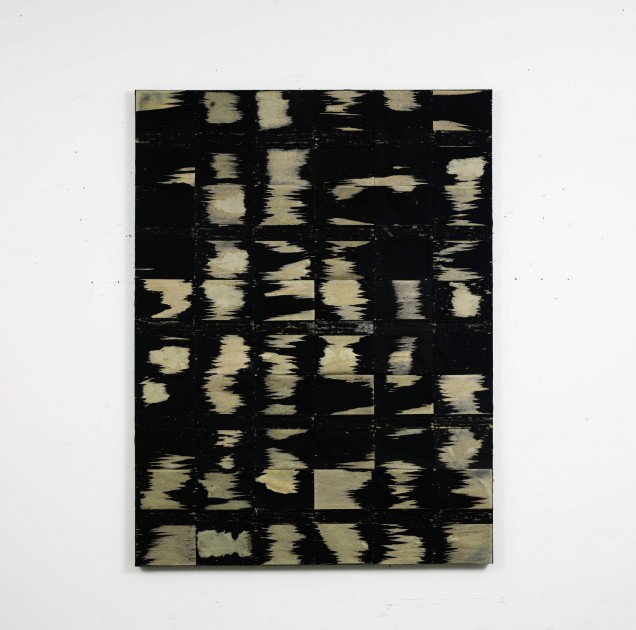
What is your point of view on the Miami art scene throughout these years? What’s your view on its future?
Being from Miami, a relatively young city, has shaped our approach as collectors. When the Miami collectors began collecting in depth, there was no local museum here to guide us, so we had to figure it out on our own. That is a different model than other older industrial cities in the United States, where museums have existed for much longer. That helped us as collectors because we each went our own separate ways, with no institutional coaching. It made each of our collections quite unique. The lack of a dominant museum also led each of us to start our own public spaces for our private collections. A way of exhibiting that is even called by many as the Miami Model. Miami has recently emerged culturally in a number of disciplines, not just the visual arts. The community has a true sense of itself as a cultural destination, which is certainly not how our city was perceived a couple of decades ago. It is an exciting time to be immersed in the arts in Miami.
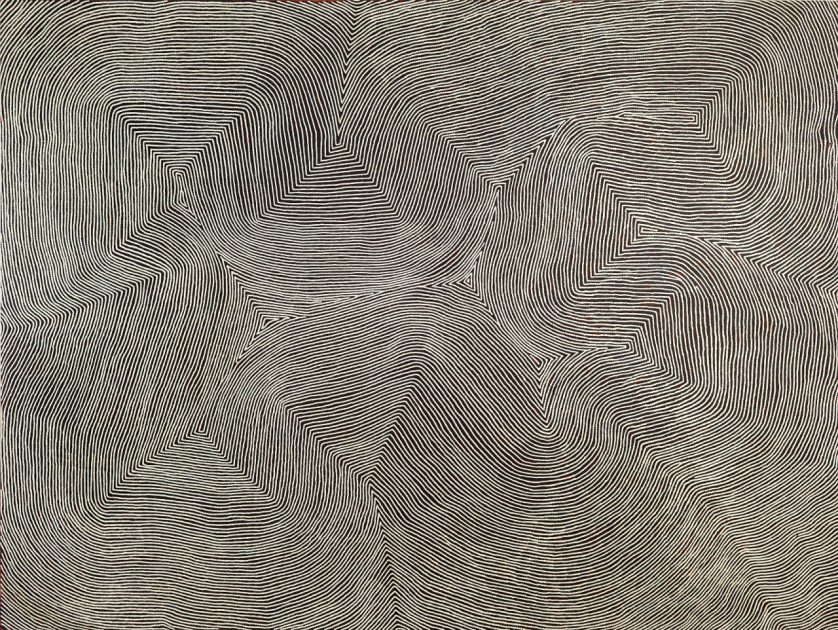
Related: Scholl Creative
Instagram: @schollcreative
A selection of artists Dennis collects
Anna Gaskell
Olafur Eliasson
Raymond Pettibon
Tacita Dean





